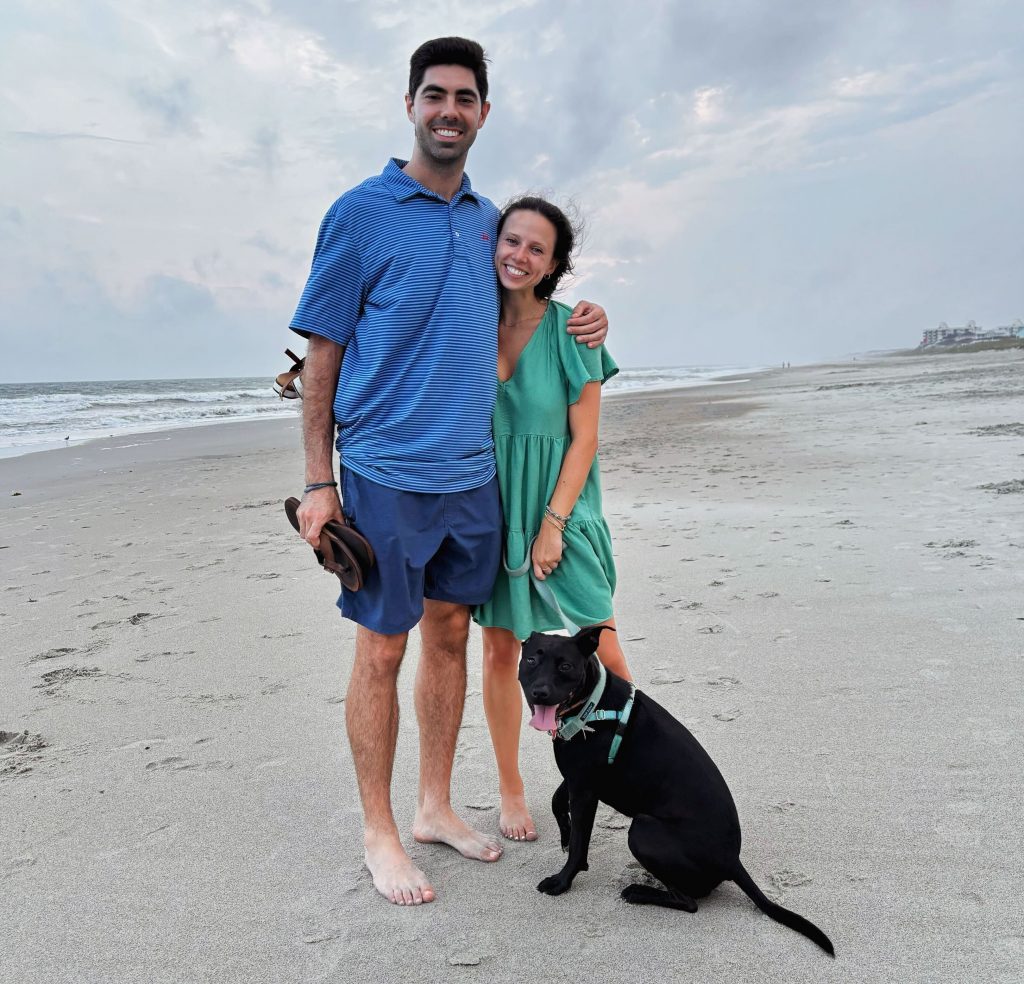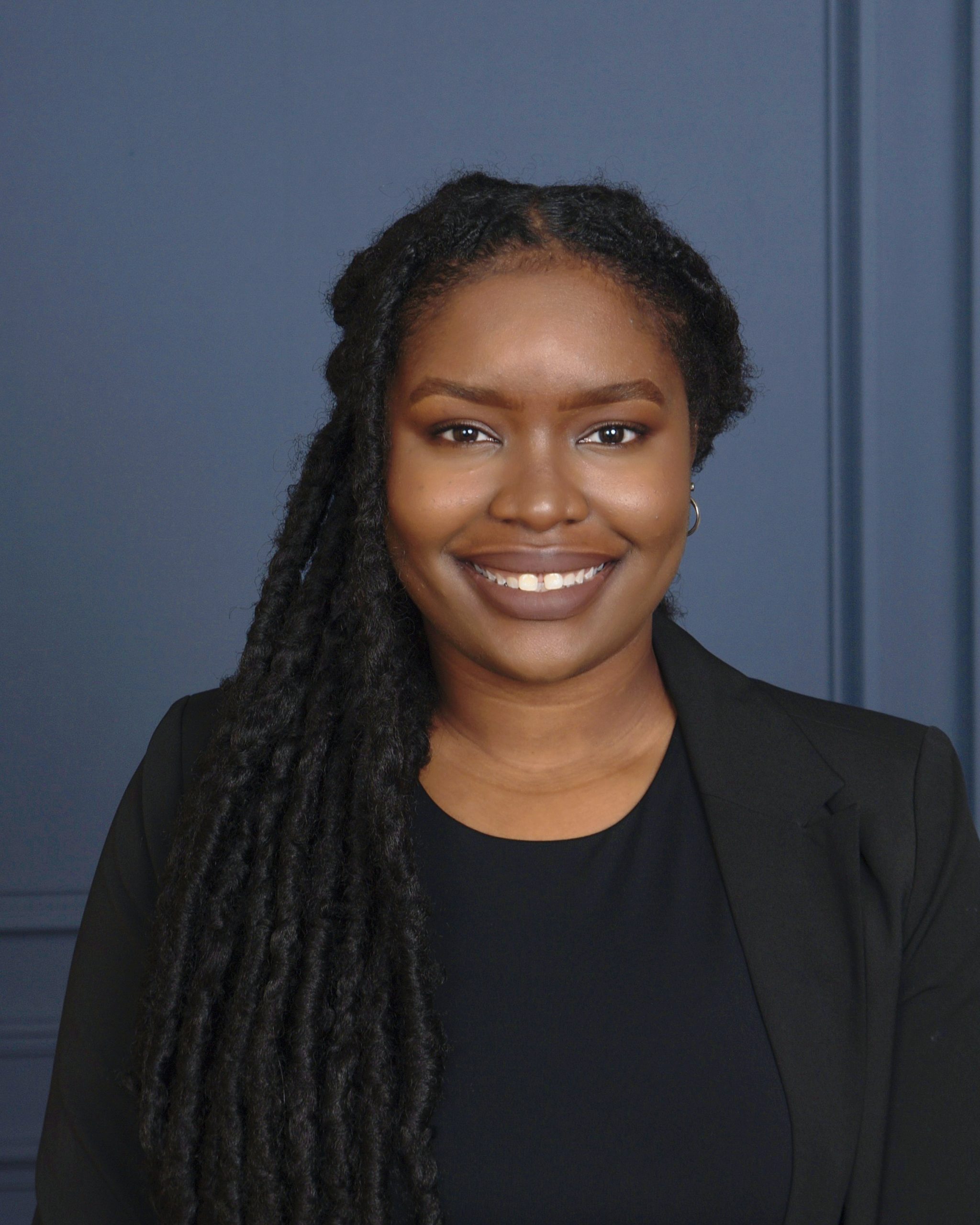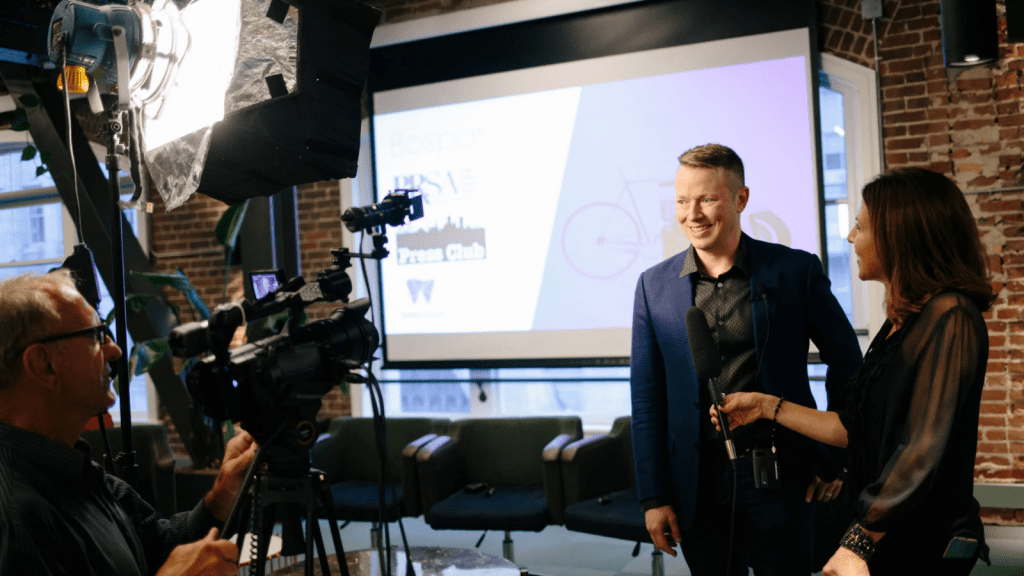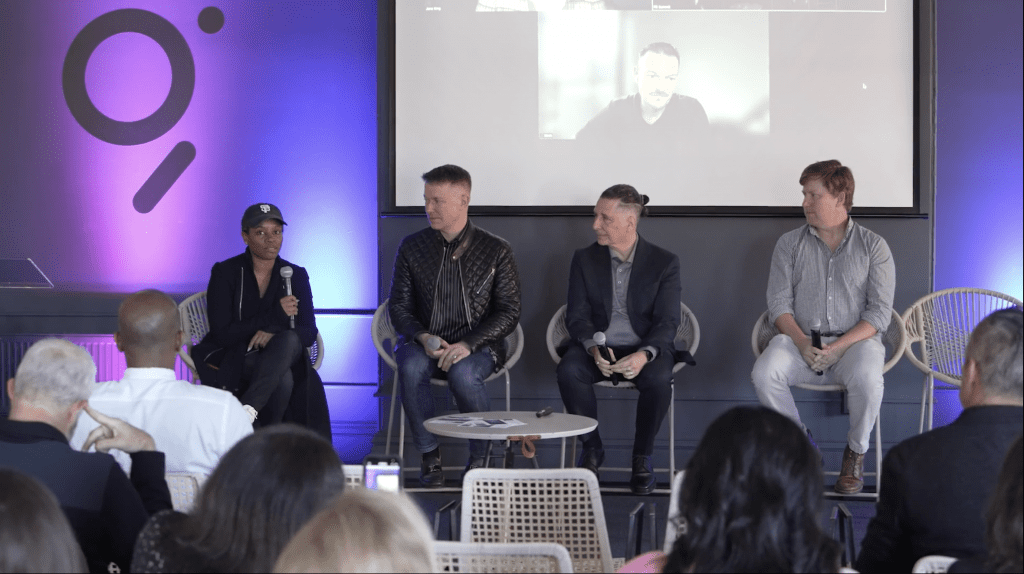Adaptability, creativity and strategic thinking are all elements that come together to make PR a success, and Madeline “Maddie” Coe brings all three to the table. As a vice president at Bospar, she drives brand-building media impact across industries such as public safety.
With a solid background in journalism and strong relationships with clients, Maddie is known for her ability to craft compelling narratives that break through the noise.
In this Expert Insights, Maddie shares her PR origin story, trends in the public safety sector and winning public relations strategies for public safety companies and other industries.
What first drew you to a career in public relations, and what excites you most about the field?
PR, and even B2B PR, wasn’t originally my end goal, but it’s where I’ve landed and am happy to be.
Initially, I wanted to become a broadcast journalist. I attended Northwestern University and studied at the Medill School of Journalism, participating in numerous on-campus journalism activities like The Daily Northwestern newspaper, North by Northwestern student magazine and as an anchor on the Northwestern News Network.
During junior or senior year, students are required to complete a journalism residency, where students would participate in a journalism-related internship, rather than classes, for a quarter. These internships included everything from local news stations to NBC and Instagram, and there were opportunities at offices across the globe. But I chose to stay in Chicago and explore PR with Weber Shandwick as a media relations intern, and it stuck!
I loved the marriage between journalism and PR, finding media relations challenging and rewarding. Years later, I’m still in PR and excited as the industry continues to evolve alongside a greater digital transformation.
You work with many public safety clients. What important trends are you seeing in public safety today? And how have they shaped how you approach PR strategies for that sector?
Public safety is an ever-evolving space as it adapts to the latest safety needs of our communities and first responders.
And, no surprise, it’s experiencing heightened AI adoption. We’re seeing AI change the way first responders tackle day-to-day responsibilities, alleviating the burden of mundane tasks that are taking them away from the line of service. For instance, new tech like assistive AI emergency communications platforms helps with real-time transcription, language translation, non-emergency triage and more, enabling 911 dispatchers to operate more efficiently and effectively, which can help save seconds and lives.
Public safety is inherently a sensitive space because you’re dealing with human lives and emergencies, so we must proceed with caution whenever we’re recommending a new strategy. It’s important to always think outside of the box — but within reason. We want to be mindful of customers, partners and communities who could be affected by our messaging and broader external communications efforts.
What recent internal or external public safety PR campaigns have stood out to you and why?
A campaign that I enjoyed both following and being a part of was Mark43’s launch of its latest Public Safety Trends Report. This annual report reveals the latest challenges first responders are experiencing and potential solutions. This includes topics like AI adoption, cybersecurity resiliency, mobility on the job and collaboration with other agencies.

Our PR campaign got the proprietary insights in front of key media, driving a depth and breadth of media interest – from public safety trades to national tech outlets – helping spread awareness for the critical need to evolve public safety technology.
What gets you excited about the public safety industry?
The public safety industry is ripe with opportunity from a technology perspective.
Some agencies still use pen and paper.
This shows that there’s still a lot of room to grow and modernize, evolving from legacy technology to new, innovative tools for reporting, computer-aided dispatch, booking, call taking, analytics and more. I’m excited to work with our B2B clients to leverage strategic PR to educate, encourage and spotlight this change.
When it comes to PR for the public safety industry, what are companies and execs getting wrong?
It’s all about balance. Many public safety companies fear jumping in on conversations happening at the cultural level and are hesitant about how any comments or campaigns may be perceived. It’s always important to be cautious, but to make a real impact, we need to strike a balance in media engagement. Media results will suffer if public safety companies stick to the same canned statements of years past without any thought-provoking insight.
How can public safety companies get the most from PR?
Public safety is an industry that impacts everyone. So, let’s try our best to reach everyone.
We know reaching customers is priority number one to create leads and build the sales pipeline. But we also want to ensure we’re elevating brand awareness in our communities. Those very citizens who participate in local town hall meetings and vote on budgets can help support the implementation and deployment of new public safety technology. Without community support, it’s very difficult to bring about change in this space.
So, approaching PR generally, and B2B PR specifically, through a multi-faceted lens – including national, regional and local outreach – helps public safety companies get the biggest bang for their buck. Focusing on one of those buckets won’t move the needle nearly enough, so having an integrated PR strategy to reach everyone involved helps bolster the brand, product and, eventually, contributes to community buy-in.
What do you do for fun outside of work? What organizations do you support?
I am big into pop culture — I love to dig into the latest critically-acclaimed movies, TV shows and books. However, while anything with an award nomination catches my eye, my guilty pleasure is catching up on all things Bravo. Watching TV shows like “Summer House” to “Vanderpump Rules” to “Below Deck,” is my favorite way to decompress (or dissociate).
In my free time, I help run a foster program for Saving Grace Animals for Adoption, a non-profit animal advocacy organization in North Carolina. I fostered through this program a few years back, where I eventually foster-failed and adopted my black lab/pitbull mix, Wally. Now, I help run the program and place at-risk dogs saved from other shelters or inadequate homes into loving foster homes until they are adopted!
I’m also an active Northwestern University alumni, serving on the Alumni Admissions Council. I conduct interviews and meet with university applicants to share my experience and answer any questions they have throughout the application/admissions process.




